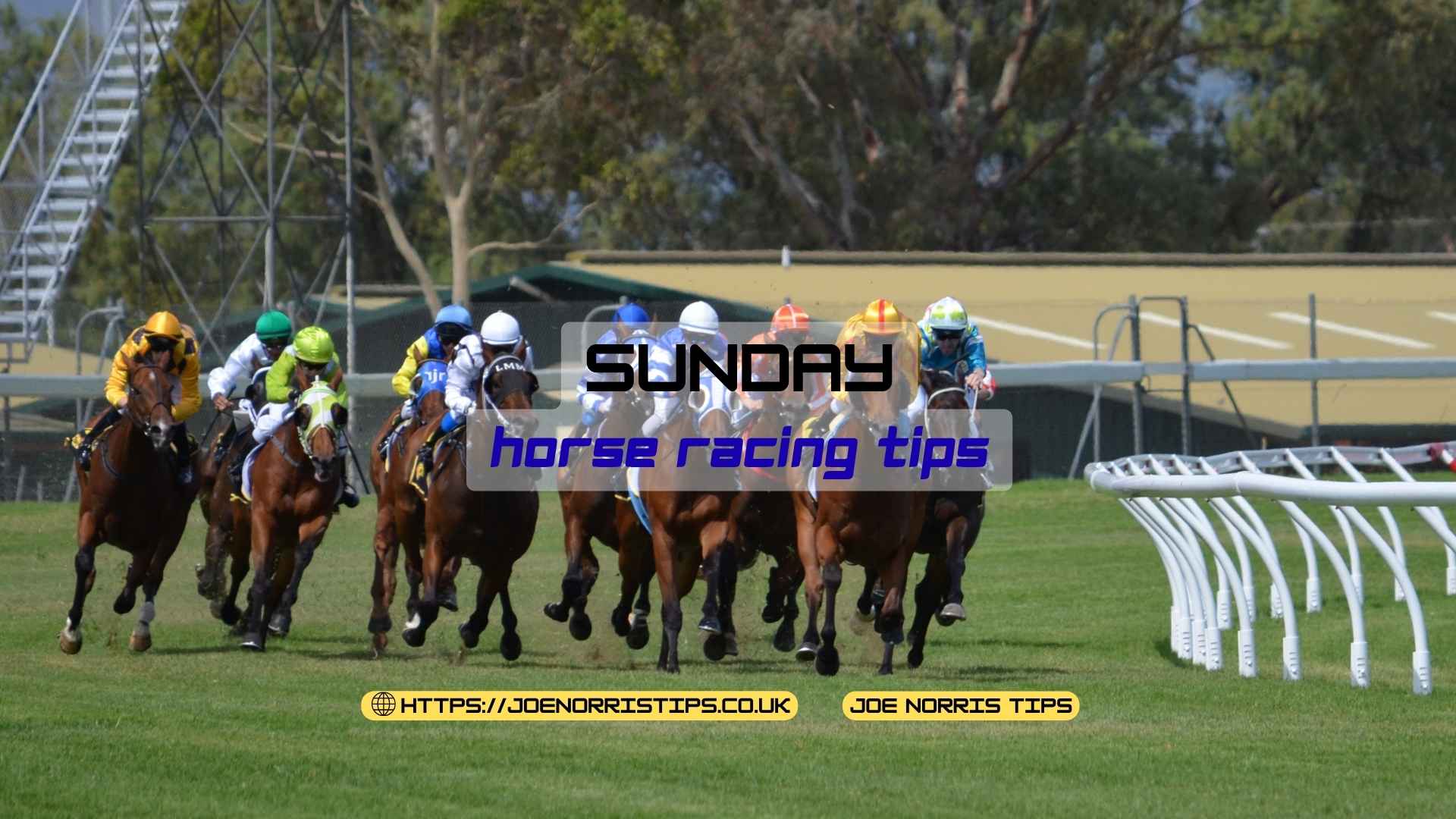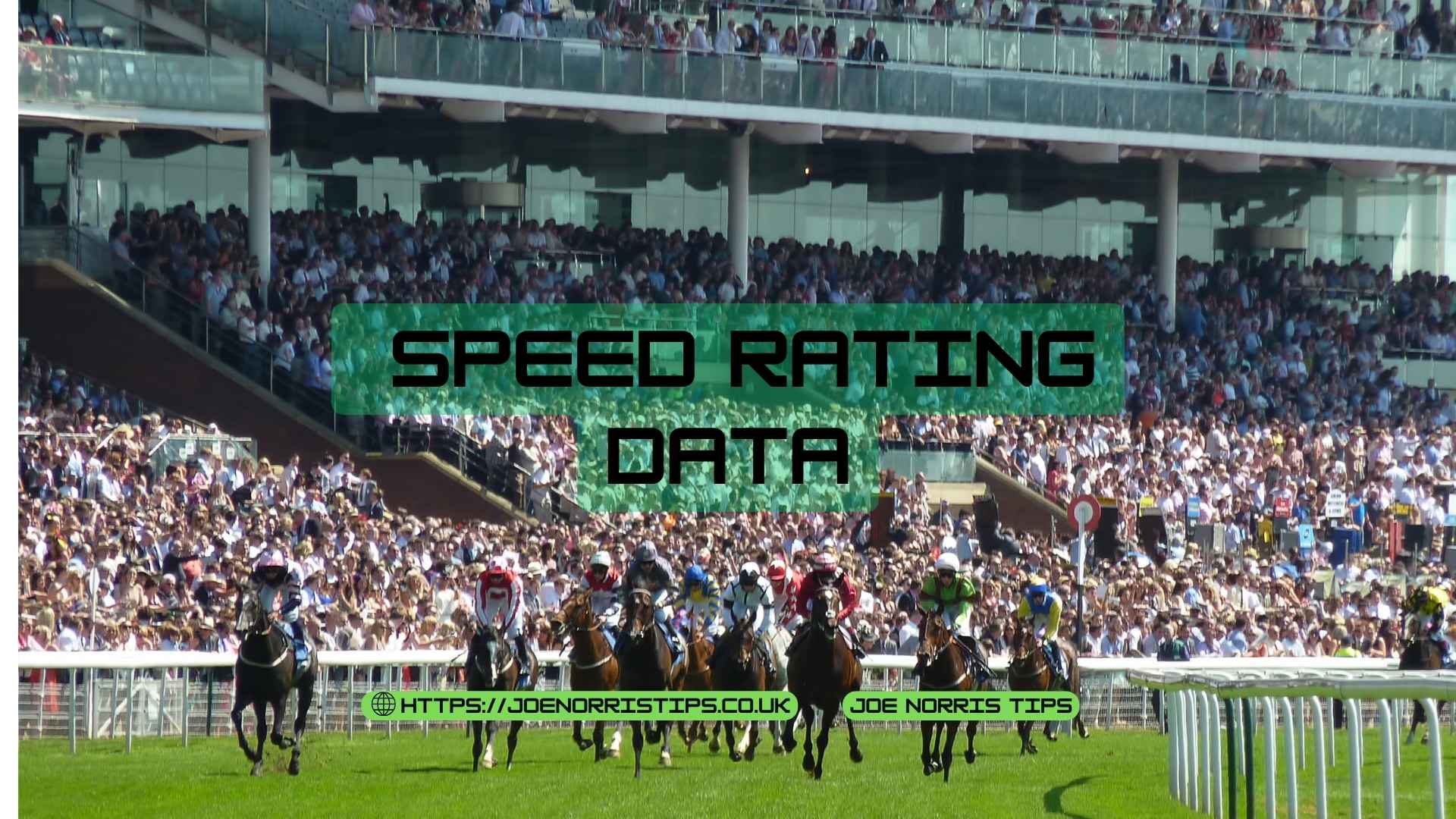Horse racing remains one of the most popular sports to bet on in the UK, offering a fast-paced, form-driven experience that rewards preparation and timing.
At Joe Norris Tips, I identify runners with genuine value, looking beyond the favourites to spot profitable angles.
This article explores my horse racing betting approach, from analysing form and ground conditions to capitalising on extra-place offers and guaranteed odds deals.
Horse Racing Tips
Horse racing is at the heart of what I do at Joe Norris Tips.
All Horse Racing Tips I publish cover UK and Irish racing, focusing on meetings with real value – whether it’s a Tuesday at Southwell or the Cheltenham Festival.
My process is simple but structured. I analyse racecards using form trends, course history, going preferences, trainer performance, and market movement.
Each selection includes reasoning, suggested stakes, and, where possible, early prices to maximise potential value.
I don’t chase short favourites for the sake of it. I look for runners that are undervalued based on logic, not hype.
My subscribers benefit from tips on singles, each-way bets, and occasionally multiples – especially when festival season hits.
The horse racing section of Joe Norris Tips is the best place to start for punters who want to bet smarter and more consistently.
Horse Racing Data
Using Horse Racing Data in racing is what separates long-term winners from recreational guesswork.
I rely heavily on performance metrics such as Official Ratings (OR), Racing Post Ratings (RPR), speed figures, and pace maps to understand each race context.
I track factors like trainer/jockey combinations, weight changes, and draw bias – especially on tight or turning tracks like Chester or Wolverhampton.
One of the most underrated angles is horse performance based on going. Some horses are completely transformed on soft ground or over certain distances.
I don’t just share the data – I explain how to use it. That way, you’re not just copying tips but learning how to interpret horse profiles and market shifts yourself.
Horse Racing Betting Sites
Getting the best return from your betting doesn’t just depend on the tip but on where you place the bet.
I recommend using bookmakers that offer Best Odds Guaranteed (BOG), especially for early prices.
Bet365 and William Hill are consistently strong across UK and Irish racing for fixed odds. Paddy Power and Coral are reliable for enhanced place terms, particularly during big-field handicaps.
If you’re more advanced, Betfair Exchange can give you better prices, especially on outsiders.
Some sites also offer streaming, race previews, and cash-out features. But what matters is whether you get the best odds and fastest payouts.
My advice is to register with more than one to compare and maximise value on every bet.
Horse racing has more depth than most realise. Here are a few nuggets that explain why I still love it after all these years:
Flat racing is usually faster and more tactical, while National Hunt tests stamina, jumping, and race positioning.
Knowing which horses switch between codes successfully can give you a real betting edge.
Frankie Dettori’s famous “Magnificent Seven” at Ascot in 1996 cost bookmakers over £40 million in payouts. It’s still talked about today in punter circles.
Cheltenham’s uphill finish can catch out front-runners who’ve gone too hard too early – watch for horses with proven stamina there.
Irish-trained horses now dominate the Cheltenham Festival thanks to world-class facilities and deeper competition during the season.
The draw can make or break a bet. At tracks like Beverley and Chester, a low draw in sprint races is worth its weight in gold.
Fun facts like these help you read races not just with numbers, but with real-world racing sense.
Main UK Horse Racing Festivals
As a punter, you must know where and when the most significant betting opportunities are.
Here are the UK’s headline meetings where I focus most of my research and share some of my best festival tips:
- Cheltenham Festival – The crown jewel of jumps racing. In March, legends are made and value is everywhere, especially for people with disabilities.
- Aintree Grand National Meeting – Home of the world’s most famous steeplechase, with plenty of graded action across three days.
- Royal Ascot – June brings top-class flat racing with international runners and substantial each-way betting value.
- Glorious Goodwood – A five-day summer festival that offers some of the most competitive flat handicaps.
- York Ebor Festival – Ideal for finding improving 3-year-olds and older handicappers in late summer.
- Epsom Derby & Oaks – Form lines from here often shape the rest of the flat season.
Festival periods also come with higher liquidity and sharper markets. That’s why I double down on deeper previews, tip write-ups, and analysis during those weeks.
All UK Racecourses
The UK is home to 59 racecourses, each with its unique traits. Understanding each layout is vital to finding winners, whether it’s a tight track like Chester, an uphill finish at Sandown, or the long straight at Newbury.
I factor in course form, draw bias, and trainer records at each venue in my service.
For example, some yards target specific tracks like Sir Mark Prescott at Lingfield or Paul Nicholls at Wincanton. These angles are built into my research.
All Irish Racecourses
Ireland has 26 racecourses, some of the most competitive in Europe.
Irish racing is rich with betting angles, from the top-class jumps action at Punchestown and Leopardstown to the flat speedsters at the Curragh and Galway.
Form crosses over heavily during major meetings, especially Cheltenham and Aintree, where Irish runners dominate.
I follow Irish form year-round and share that insight with my followers, especially during crossover races and festivals.
What Are The Different Types of Horse Racing Flat Races?
I always focus on the structure of flat races to find betting value.
Flat racing includes several race types, each serving a different purpose in a horse’s career progression and betting strategy.
- Maiden Races: Maiden races feature horses that have never won. Bookmakers often offer value in these races when I identify unraced horses with intense breeding or well-prepared debut runners. Punters who understand trainer patterns can uncover early winners.
- Conditions Races: Conditions races assign weight based on age, sex, and previous wins. These races offer predictability for evaluating form, which I use to match horses to conditions for better odds.
- Handicap Races: Handicap races level the playing field by assigning weights according to official ratings. These races reward deeper form analysis. I use official ratings, weight changes, and course records to spot overpriced runners.
- Group Races: Group 1, 2, and 3 races are the elite level of flat racing. Group 1s feature the best horses and offer strong form lines for international racing. These races often show long-term class trends, which I rely on when betting future entries.
- Listed Races: Listed races sit just below the Group class. Horses often run here as a stepping stone to higher levels. I watch these closely for improving types that show potential to rise in grade.
Each type of flat race brings different data points.
I use a combination of form study, sectional times, and breeding to target the best angles and deliver value bets to punters.
What Are The Different Types of National Hunt Jump Races?
National Hunt jump racing is split into three main race types: hurdle races, chase races, and bumpers. Each format tests a horse’s jumping ability, stamina, and racecraft.
As someone who’s spent years studying racing form and trends, I find it crucial to understand these categories when assessing value bets.
Hurdle Races
Hurdle races feature more minor, more flexible obstacles called hurdles.
Hurdle races often act as a stepping stone for younger or less experienced horses, helping them build confidence before moving on to more demanding chases.
When I analyse hurdle races, I look at a horse’s previous jumping fluency and stamina, as these factors play a vital role in performance over longer trips.
Chase Races (Steeplechasing)
Chase races involve larger, more solid fences that require greater precision and power.
Chase races test a horse’s full jumping ability and racing intelligence.
In steeplechasing, I always factor how a horse has handled fences in past races and how well it travels over longer distances, especially in soft or heavy going.
Bumper Races or National Hunt Flat Races
Bumpers are flat races for National Hunt horses.
Bumper races are designed for young, inexperienced horses to gain racecourse experience before tackling hurdles or fences.
When betting on bumpers (national hunt flat races), I focus heavily on stable form, jockey bookings, and market moves. Bumpers can often reveal future stars before the betting public catches on.
What Are Some of The Biggest Horse Races Around the World?
Some of the biggest horse races worldwide include iconic flat and jump events that attract top-tier horses, global audiences, and multi-million-pound prize pots.
These races are known for their history, competition level, and impact on international betting markets.
- The Grand National (UK) is one of the most famous steeplechases globally, and it is held annually at Aintree in Liverpool. It covers over 4 miles with 30 fences and offers a prize fund of over £1 million, making it a key date in the UK betting calendar.
- The Cheltenham Gold Cup (UK) is the highlight of the Cheltenham Festival, regarded as the pinnacle of National Hunt racing. It features the best staying chasers in Britain and Ireland and consistently draws high volumes of betting activity due to its prestige and field depth.
- The Epsom Derby (UK) is the premier Classic for three-year-olds on the Flat, often called the most prestigious race in British racing. The first run in 1780 remains a benchmark for breeding, form, and long-term value.
- The Prix de l’Arc de Triomphe (France) is Europe’s richest flat race, taking place at Longchamp and offering a prize pool of around €5 million. It features middle-distance specialists and has global appeal, especially from UK, Irish, and Japanese runners.
- The Kentucky Derby (USA) is America’s most iconic race, held at Churchill Downs over 1¼ miles. With a purse of over $3 million and enormous media coverage, it kicks off the US Triple Crown and draws global betting attention.
- The Melbourne Cup (Australia) is Australia’s biggest race, run over two miles and known as “the race that stops a nation.” Held at Flemington, it features international stayers and a prize fund of AUD 8 million, making it a major international betting event.
- The Dubai World Cup (UAE) is among the richest horse races globally, and it is run at Meydan with a purse of $12 million. It attracts elite US, UK, Japan, and beyond runners, and is a significant showcase for synthetic and dirt specialists.
- The Japan Cup (Japan) is a top-level turf race run at Tokyo Racecourse, offering a prize pool exceeding ¥700 million. It regularly features some of the best horses from Europe and Asia, boosting cross-market interest.
The biggest races around the world are key touchpoints for professional tipsters, syndicates, and serious bettors.
Big races include scale, quality, and liquidity to create ideal opportunities for value-based betting, especially when combined with deep form analysis and market tracking.
FAQs About Horse Racing
What is horse racing?
Horse racing is a competitive sport where horses race over a set distance, often with a jockey.
It’s one of the oldest and most popular betting sports in the UK and worldwide, featuring flat, jump, and harness racing.
How do horse racing bets work?
Horse racing bets involve predicting the outcome of a race. Most common bets include win, place, and each-way.
You can also bet on forecasts (predicting the first two horses in order) or tricasts (first three in order).
What is each-way betting?
Each-way betting splits your stake in two: one for the horse to win and the other for it to place (usually top 2, 3, or 4, depending on the race).
If the horse places but doesn’t win, you still get a return at reduced odds.
How are odds calculated in horse racing?
Bookmakers calculate horse racing odds based on the horse’s form, jockey record, trainer stats, track conditions, and market movement.
Odds reflect the horse’s perceived chance of winning and determine your potential payout.
When are horse racing tips posted?
I post horse racing tips at Joe Norris Tips early each day, usually by mid-morning. This gives you time to assess value and beat any odds shifts before the market reacts.
Timing is critical in racing betting.
Are horse racing tips profitable?
With the right strategy, horse racing tips can be profitable. I focus on value selections and extra-place opportunities to improve long-term returns.
No tip is guaranteed, but consistent analysis and disciplined staking increase your chances of success.
Summary of Joe Norris’ Horse Racing Insights
My approach to horse racing is built around precision, patience, and long-term profit.
I focus on identifying value in both flat and jump racing, using a combination of form cycles, pace angles, and trainer patterns to inform each selection.
Rather than chasing short-priced favourites, I look for mispriced runners where the market hasn’t fully adjusted to key variables such as going changes, race dynamics, or seasonal trends.
I take pride in explaining the logic behind every tip, whether it’s a daily nap or a big-field each-way bet at a festival like Cheltenham or Royal Ascot.
My strategy is data-informed but grounded in racing intuition, and
I always advise proper bankroll discipline and risk management. The goal is not just to pick winners, but to help punters understand how to spot long-term value and avoid common traps in horse racing betting.
For punters looking to elevate their racing strategy with transparent advice and a proven methodology, my insights are designed to deliver clarity, consistency, and confidence across UK and Irish racing markets.



